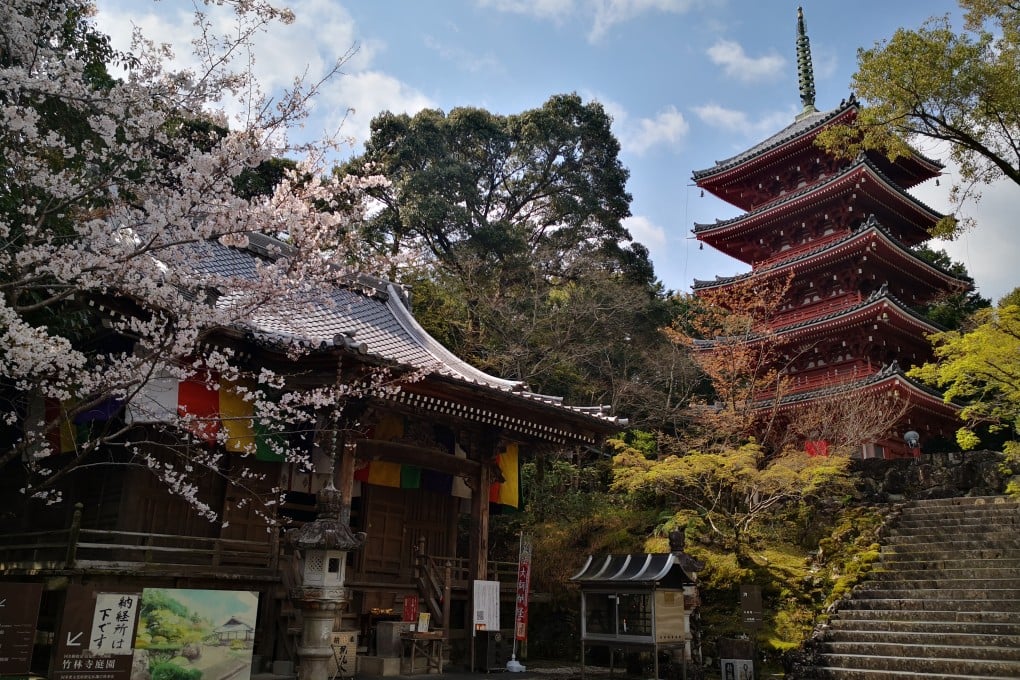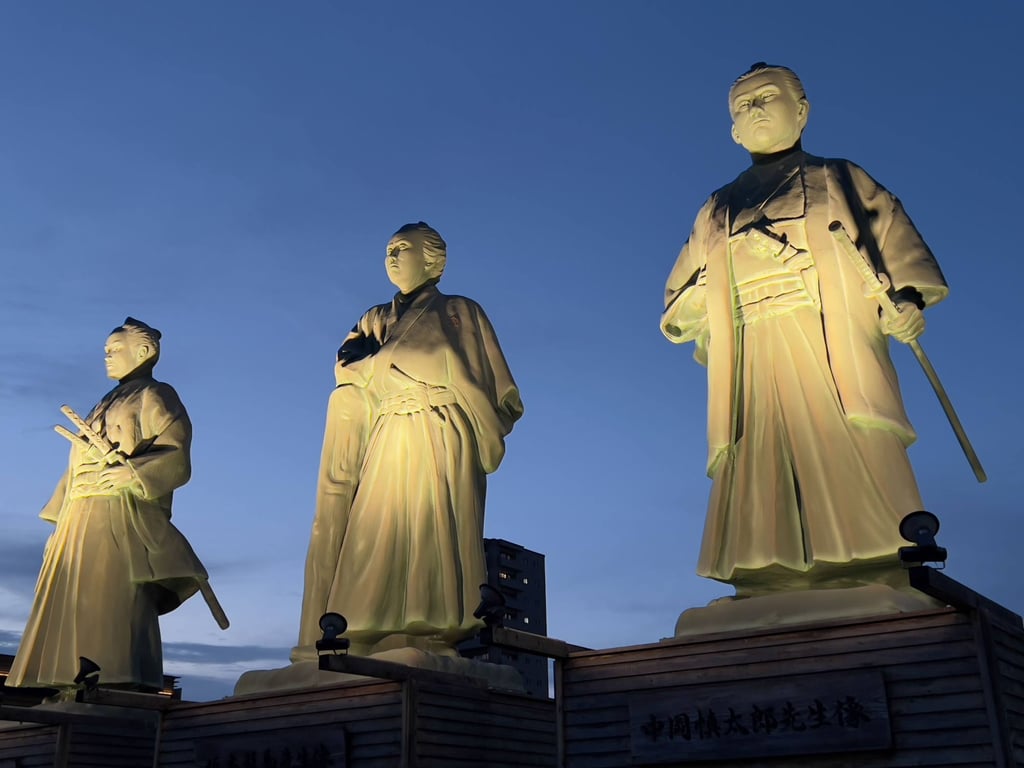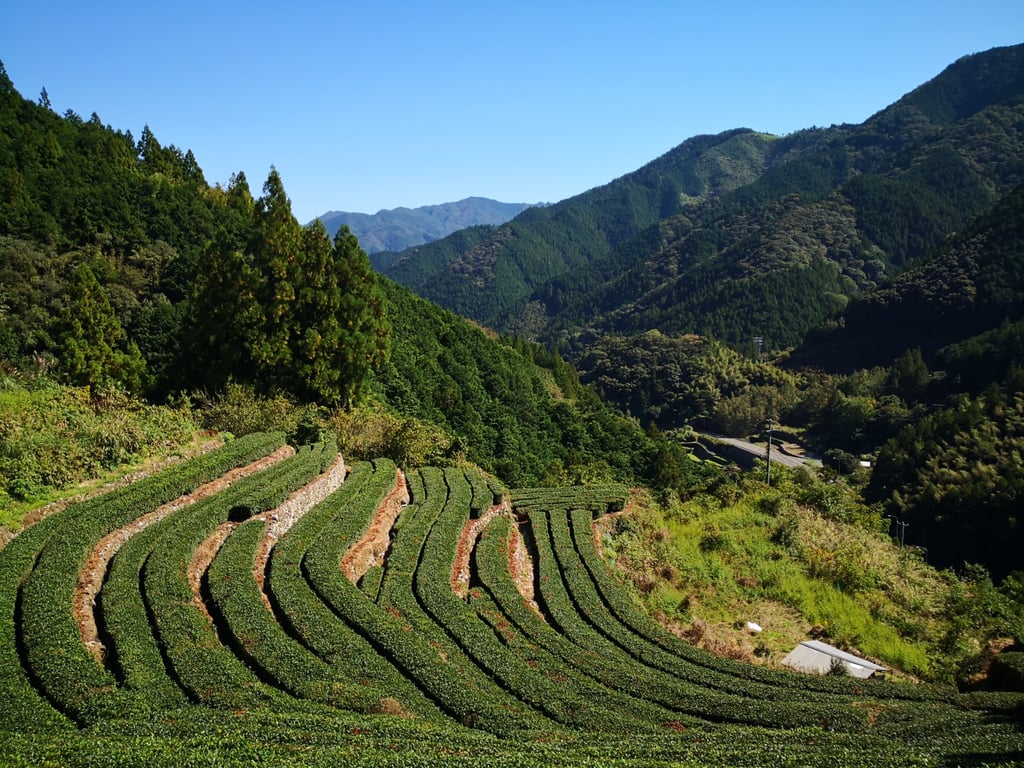Follow route of samurai Ryoma Sakamoto’s historic escape with trek across Shikoku Island
- Sakamoto Ryoma fled from his Japanese feudal master, at the risk of execution. Now you can follow his route – but under less pressure – with Walk Japan


The three figures in long gowns, their swords in hand or thrust through belts, are dramatically up-lit against the deepening blue of the evening sky. The key figure is Ryoma Sakamoto, shown with a sullen air and downturned mouth, peering into the distance with narrowed eyes. He is accompanied by a fellow rebel and by the man who taught both of them politics and swordsmanship.
We’re ready to set out on a new on-foot offering from Hong Kong-based cultural trek specialist Walk Japan that crosses the island through mountainous areas rarely reached by foreigners.
We’ll follow paths from the coast to the interior along which salt was traded and cross passes taken by Sakamoto, who famously fled from his feudal overlord – a crime punishable by death.

The samurai Sakamoto was born in Kochi, but his importance lies in his escape from it and his campaign for the restoration of imperial rule. He was immortalised in a multi-volume biographical novel by the late Ryotaro Shiba, Ryoma! The Life of Sakamoto Ryoma: Japanese Swordsman and Visionary (1963), which was enormously popular in Japan.
